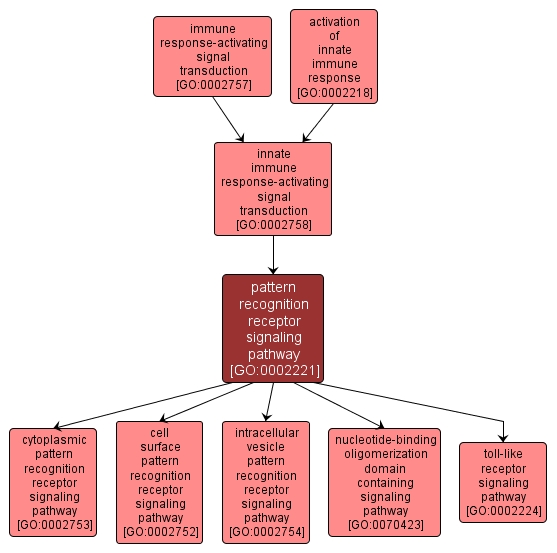| Desc: |
Any series of molecular signals generated as a consequence of binding to a cell surface or intracellular pattern recognition receptor (PRR). Such receptors bind for molecular patterns based on a repeating or polymeric structures, like those of polysaccharides or peptidoglycans, which are sometimes associated with potential pathogens. |














